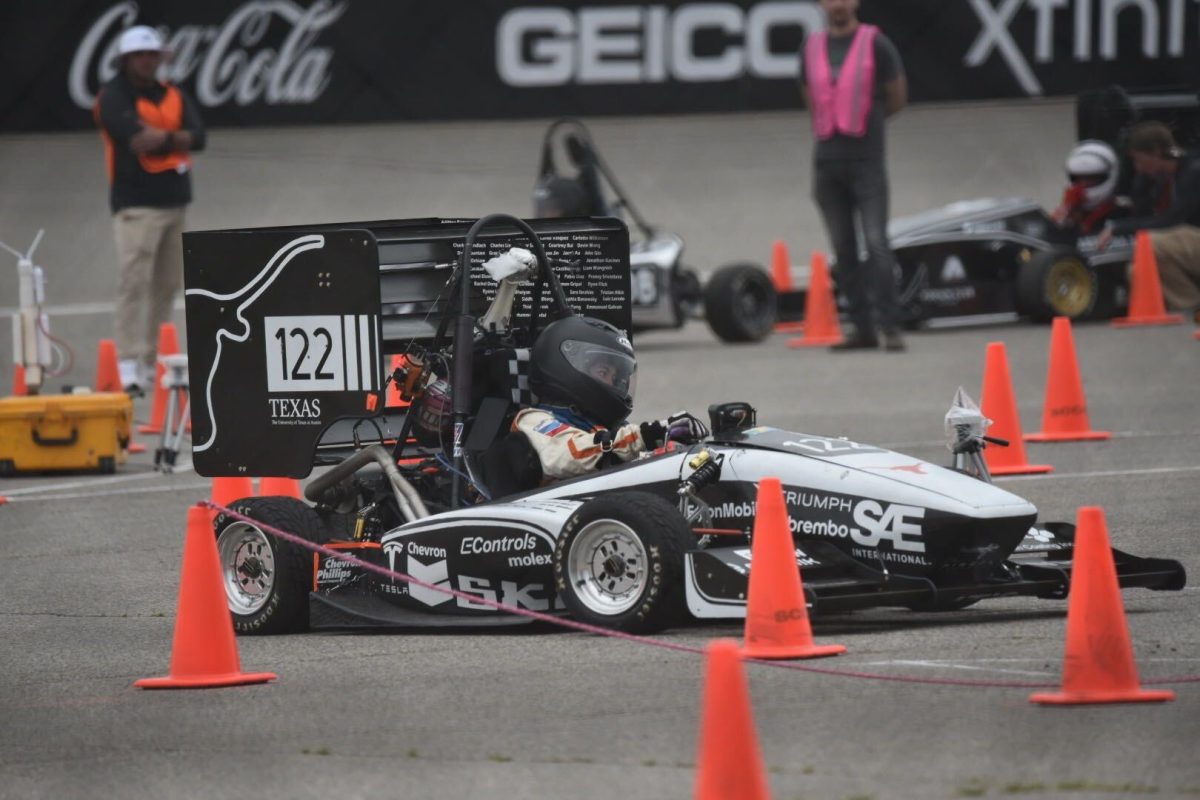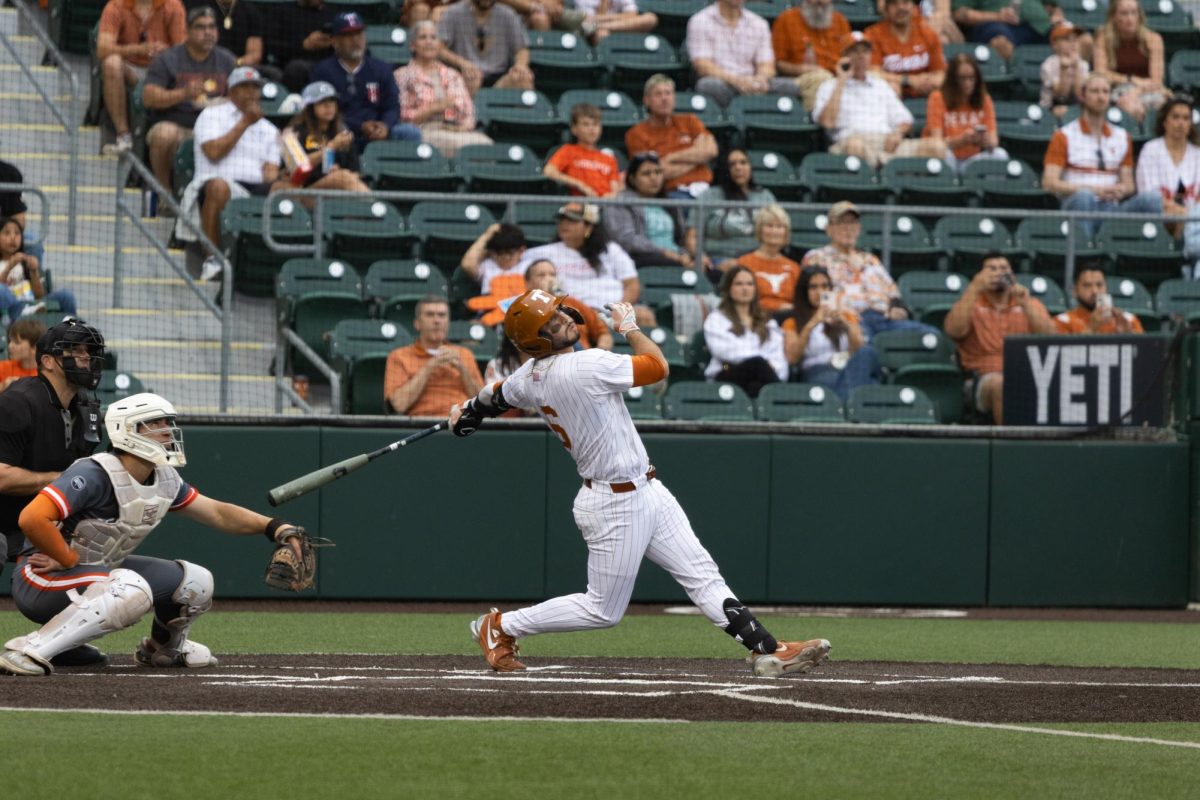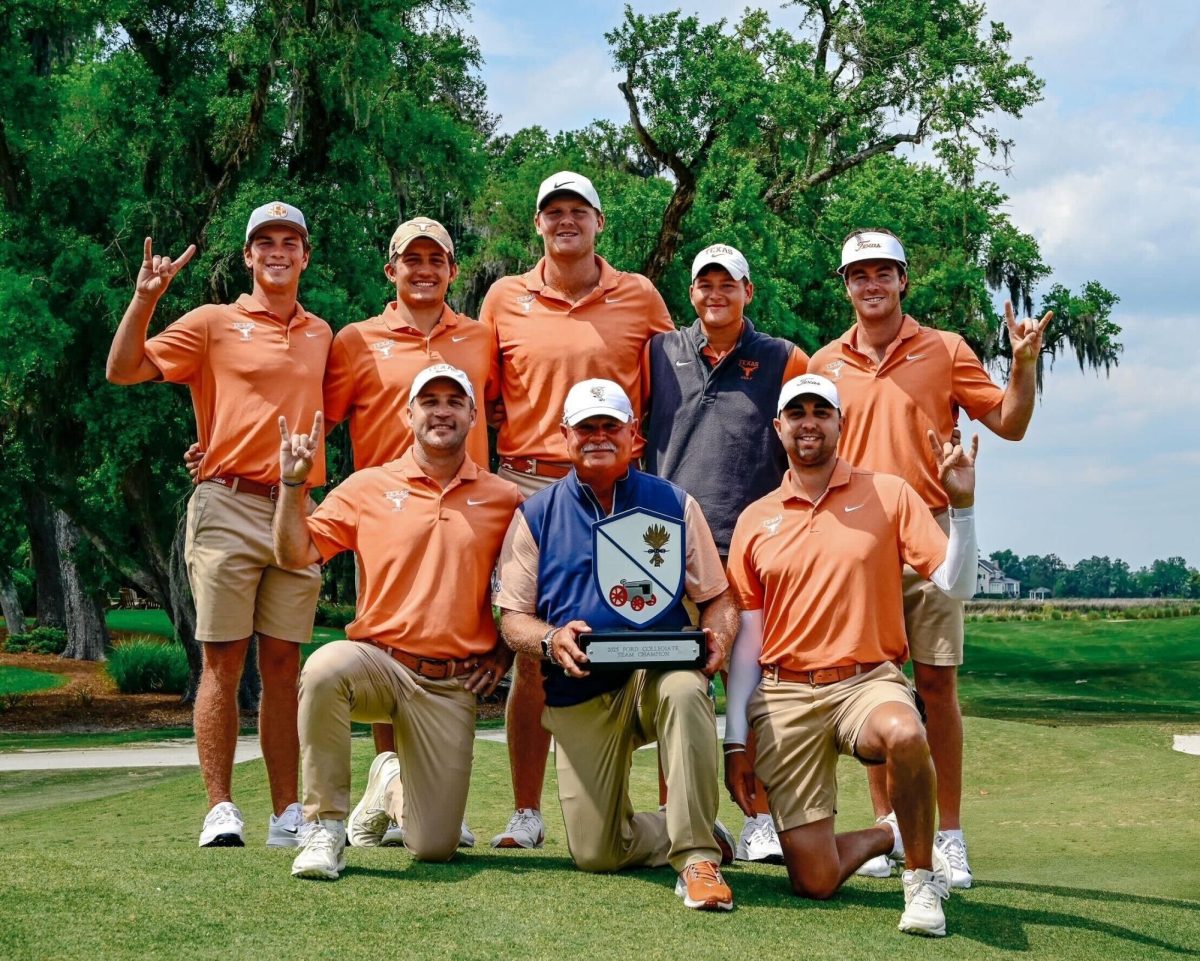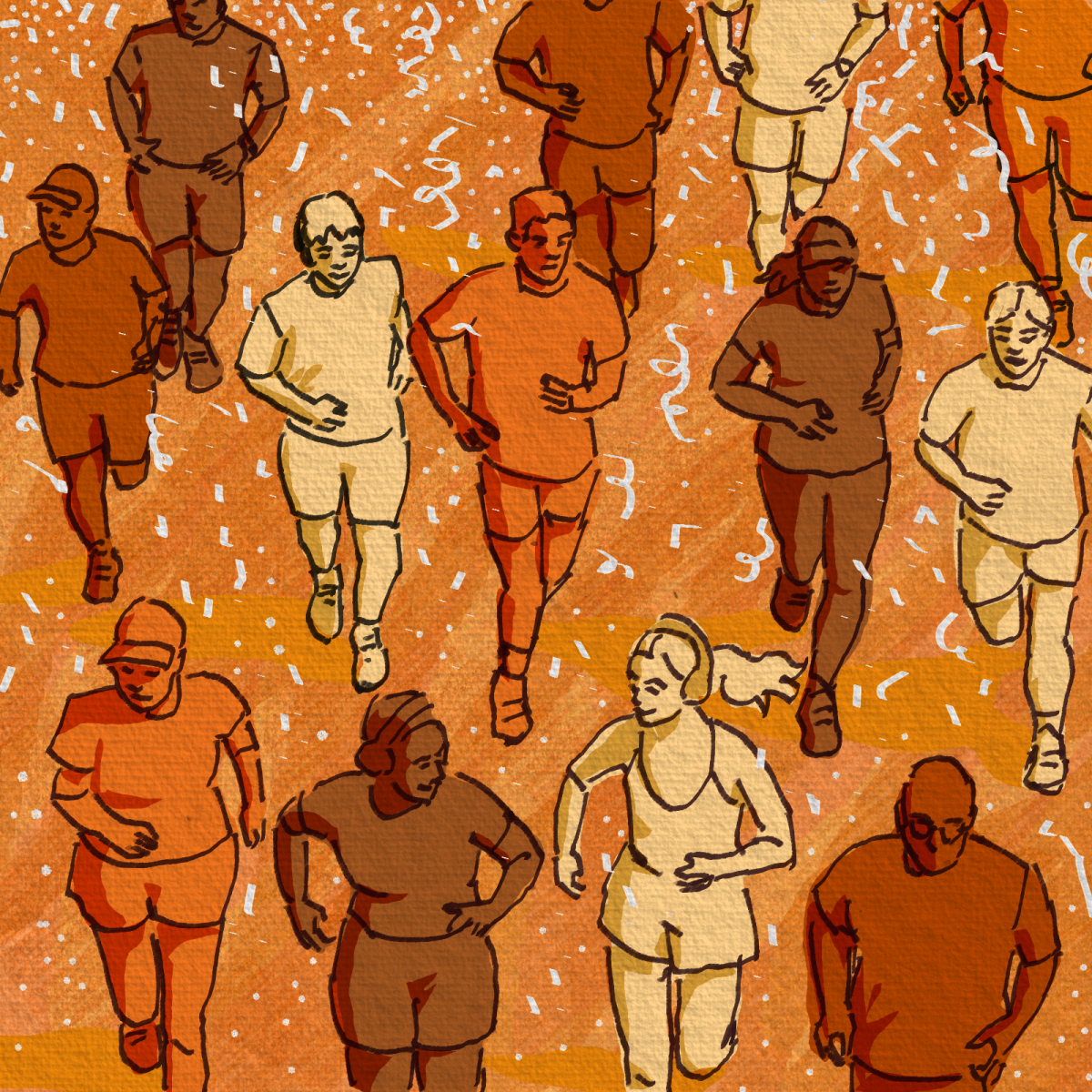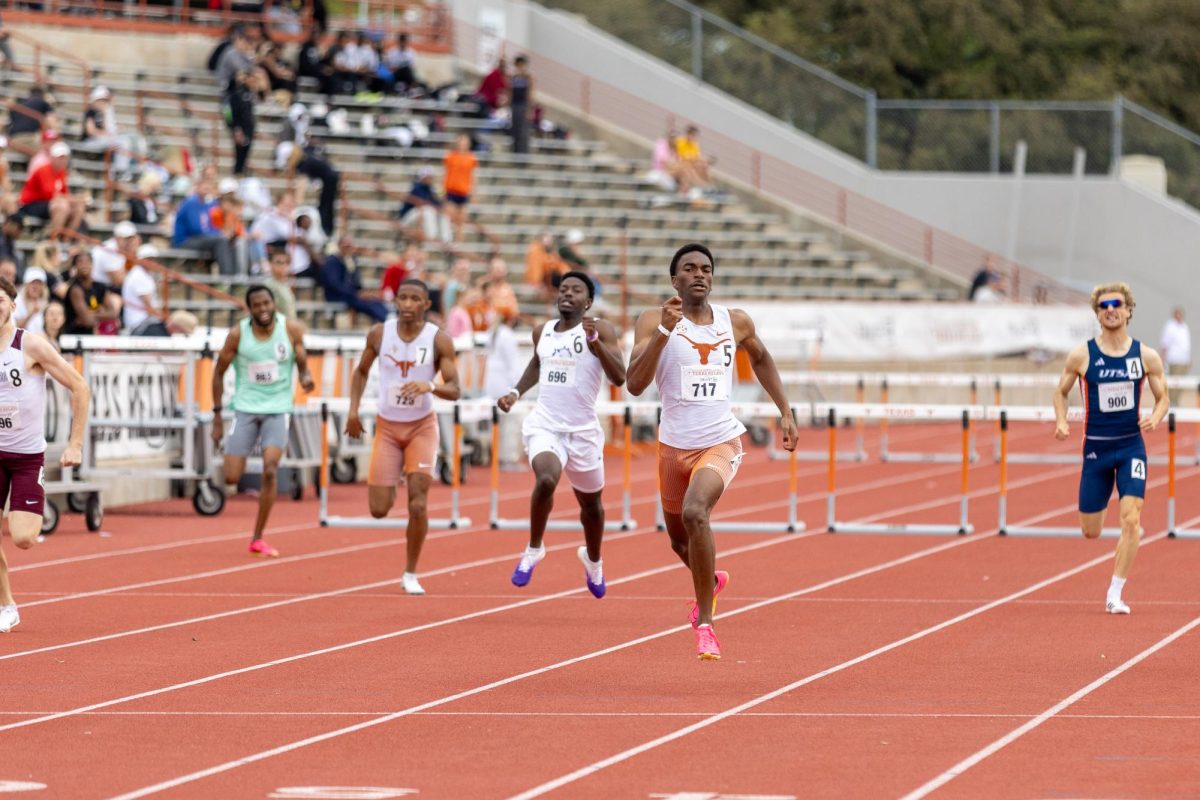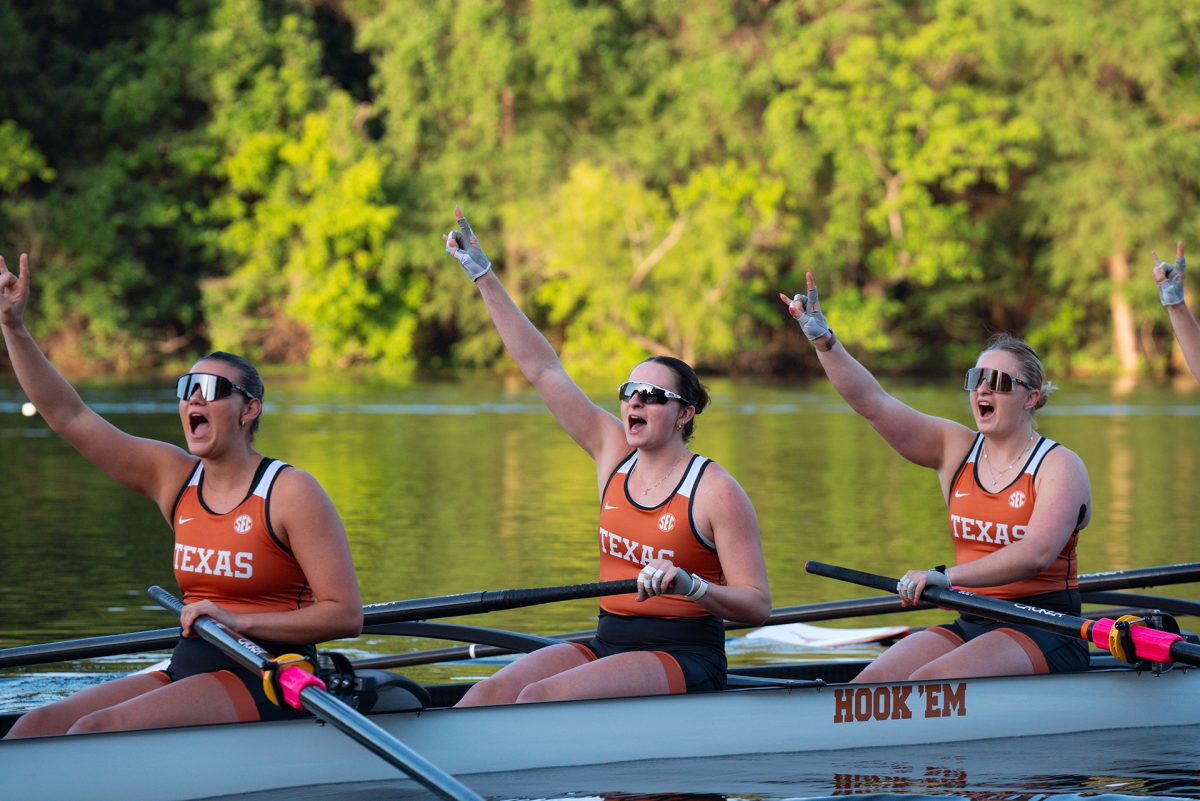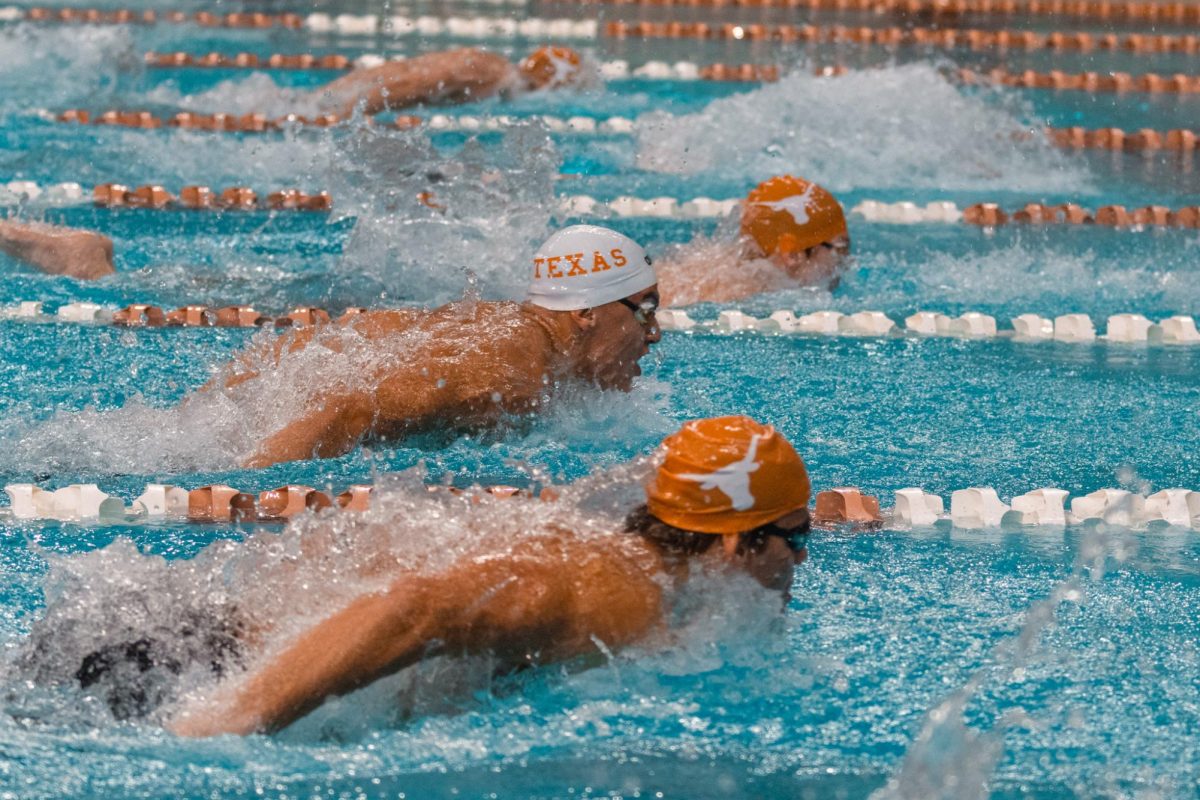For many when it comes to athletics, people immediately think of traditional sports like football, baseball and basketball. Professionally and collegiately, these are the types of competitions that receive the most attention. Outside of this sphere lie less mainstream sports and competitions.
A sport that is growing in popularity around the world and on campus is racing. At UT the sport is getting started through one organization in particular: Longhorn Racing, an engineering club whose design and race teams compete across the nation.
LHR is a student-run organization that works out of the Engineering Teaching Center. Within these facilities, student engineers spend about one year designing and building a race car almost from scratch.
The club itself is divided into three separate teams: solar, combustion and electric. Each team is independent of the others and does its best to create a design that will win competitions against competing universities both in engineering and racing capabilities.
“We get to design the cars ourselves and we also get to fully machine and actually produce the parts that we can in-house at the University,” said sophomore LHR public relations officer Fatima Sanchez.
Though not an official sport at UT, Longhorn Racing is a very competitive endeavor. Each team acquires a set of drivers from within LHR who have responsibilities as engineers and also racers. This requires trials and practice in addition to their traditional duties within the team.
“People typically don’t see motorsports as athletics. People see cars and go ‘oh well the car is doing the work,’ but it is very much up to driver talent, even more so than vehicle’s capabilities,” said mechanical engineering senior Noah Gershoff, a member of the combustion team. “You can put a fast driver in a slow car and compare them to a slow driver in a fast car and the fast driver will beat that fast car any day, any time.”
Competitions the club competes in include Formula Society of Automotive Engineers, an open-wheel racing and motorsports engineering competition. Formula SAE was founded at UT in the 1980s. According to Formula SAE, what started as a small competition of only four schools has since grown into a multinational affair.
Within the combustion team, Gershoff described a driver development program. Every team’s selection process differs. The combustion team starts with about eight to 10 drivers and conducts time trials. The top six drivers move on and participate in practices with the vehicle they are simultaneously building. When the team’s car is not available, go-karts and simulators make a good substitute.
“A lot of our time is spent designing the vehicle for this year and for the coming competition, so there isn’t a lot of time left to go out and actually drive the cars,” Gershoff said. “While we would like everything to be perfect, the only time the car is ever 100%perfect is right before competition.”
At this point in the year, all three of LHR’s vehicles are still under production preparing to compete in Michigan in June. Dozens of students are working year-round in order to meet the hard deadlines the club faces annually. Though not often seen, the students that run LHR and compete in its competitions are working tirelessly to do so.

